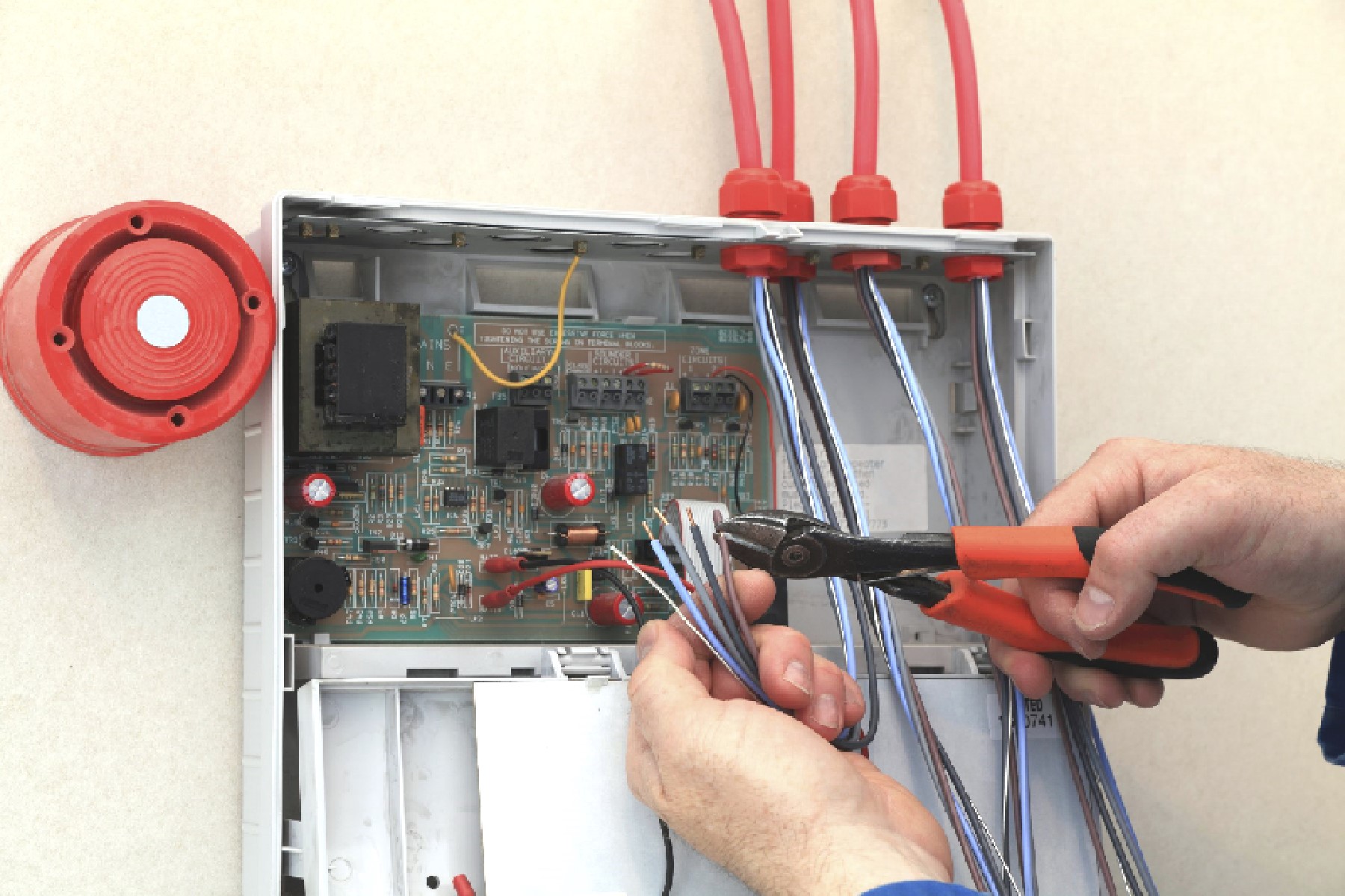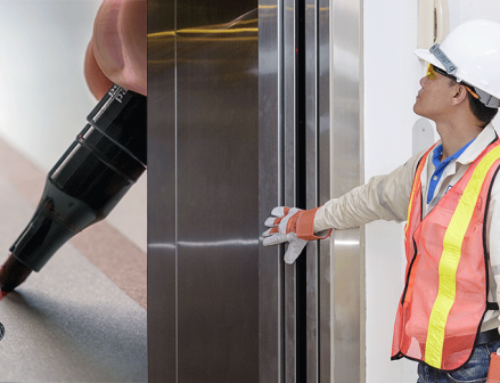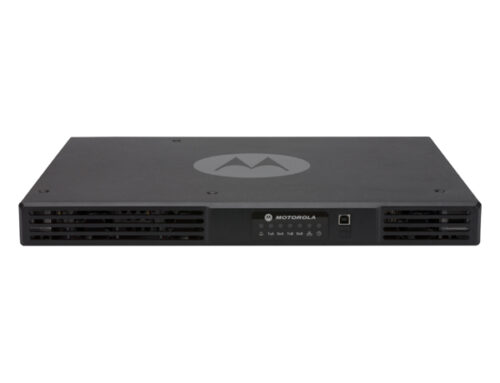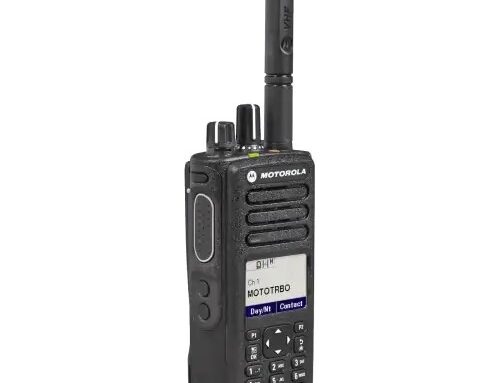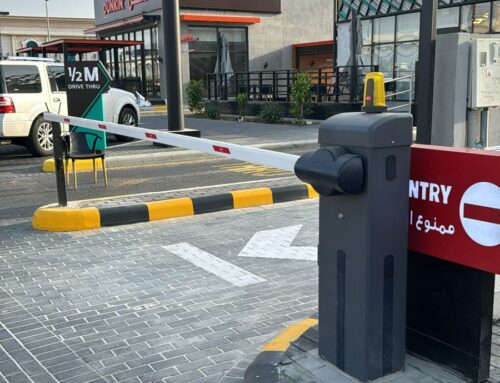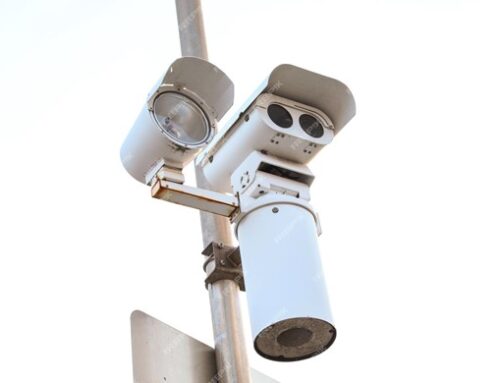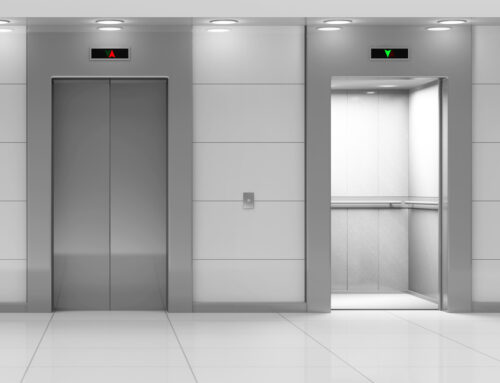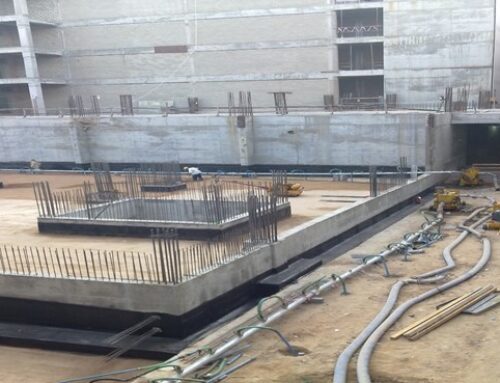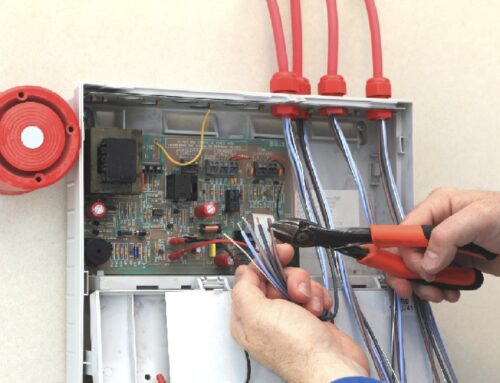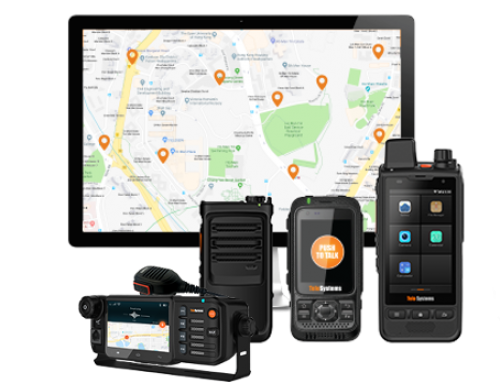In today’s fast-paced world, safety is paramount, especially when it comes to fire hazards. Whether in commercial or residential settings, fire safety should never be compromised. One of the most effective ways to ensure a quick and efficient response to a fire emergency is through the integration of fire alarm systems. By seamlessly connecting various components and devices, fire alarm system integration provides numerous benefits that enhance response efficiency and overall safety measures.
The importance of fire safety in commercial and residential settings
Fire safety is a critical aspect of any building, be it a commercial establishment or a residential property. The devastating consequences of fires are well-known, and the priority should always be to prevent them from occurring and minimize the damage if they do. Fire alarm systems play a crucial role in achieving this goal by detecting and alerting occupants about potential fire incidents promptly. By integrating these systems, the level of preparedness and response efficiency can be significantly increased, saving lives and reducing property damage.
Understanding fire alarm systems and their components
Before diving into the benefits of fire alarm system integration, it is essential to have a basic understanding of how these systems work and the components involved. A typical fire alarm system consists of smoke detectors, heat detectors, manual pull stations, control panels, and notification devices such as sirens or strobe lights. These components work together to detect the presence of fire, activate alarms, and alert occupants to evacuate the premises. Integrating these components allows for seamless communication and coordination, ensuring a swift response when a fire emergency occurs.
Benefits of integrating fire alarm systems
Enhanced response efficiency and reduction in false alarms
One of the primary advantages of fire alarm system integration is the enhanced response efficiency it provides. By connecting various components, such as smoke detectors and control panels, the system can quickly identify the exact location of a fire and relay this information to the relevant authorities. This enables firefighters to respond promptly and take appropriate action, potentially preventing the fire from spreading and causing further damage. Moreover, integrated systems can reduce false alarms, as they can differentiate between genuine fire incidents and false triggers caused by factors like cooking smoke or steam.
Cost savings and improved maintenance
Another significant benefit of fire alarm system integration is cost savings. By centralizing the monitoring and control of multiple alarm systems, building owners can reduce operational costs associated with maintenance, testing, and monitoring. Integrated systems allow for more efficient use of resources, as they automate various processes and enable remote monitoring. This not only saves time but also reduces the need for physical inspections, resulting in cost savings in the long run.
Integration with other building systems for a comprehensive safety solution
Fire alarm system integration goes beyond just the fire safety aspect. These systems can be seamlessly integrated with other building systems, such as access control, CCTV, and HVAC, to create a comprehensive safety solution. By connecting these systems, building owners can have a centralized control and monitoring system that provides a holistic view of the building’s safety status. For example, in the event of a fire, the integrated system can automatically lock doors, activate CCTV cameras for real-time monitoring, and adjust HVAC settings to prevent smoke from spreading.
Best practices for implementing fire alarm system integration
Implementing fire alarm system integration requires careful planning and execution to ensure its effectiveness. Here are some best practices to consider:
- Thorough assessment: Begin by conducting a comprehensive assessment of the building’s fire safety needs, taking into account factors such as occupancy, building layout, and potential risks.
- Consultation with experts: Seek guidance from fire safety professionals and system integrators with experience in designing and implementing integrated fire alarm systems. Their expertise can help identify the most suitable components and ensure compliance with relevant safety standards.
- Testing and maintenance: Regularly test and maintain the integrated fire alarm system to ensure its proper functioning. This includes testing the individual components, updating software, and conducting periodic inspections.
Al-Shareef Security Group your strategic partner in fire alarm system integration
When it comes to fire alarm system integration, partnering with a reliable and experienced security service provider is crucial. Al-Shareef Security Group has a proven track record in designing and implementing integrated fire alarm systems for various commercial and residential properties. With our expertise and commitment to safety, we can be your strategic partner in ensuring the highest level of fire safety and response efficiency.
The future of fire safety technology
Fire alarm system integration offers numerous benefits that enhance response efficiency and overall safety measures. By seamlessly connecting various components and devices, these integrated systems can detect fires quickly, reduce false alarms, and provide a comprehensive safety solution when integrated with other building systems. To ensure the successful implementation of fire alarm system integration, thorough assessment, consultation with experts, and regular testing and maintenance are essential. Partnering with a reliable security service provider like Al-Shareef Security Group can further enhance the effectiveness of integrated fire alarm systems.
As technology continues to advance, the future of fire safety holds even more exciting possibilities. From advanced detection capabilities to real-time data analytics, the integration of artificial intelligence and IoT devices is expected to revolutionize fire alarm systems. These advancements will further enhance response efficiency and provide building owners with comprehensive insights into their fire safety measures. By staying up-to-date with the latest technological advancements and partnering with industry leaders, building owners can ensure they are at the forefront of fire safety technology and continue to prioritize the safety of their occupants.
Contact Al-Shareef Security Group today to learn more about fire alarm system integration and how we can help enhance your building’s fire safety measures.

